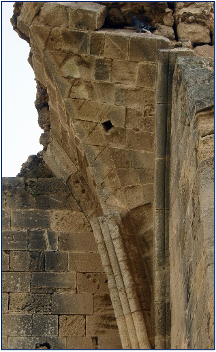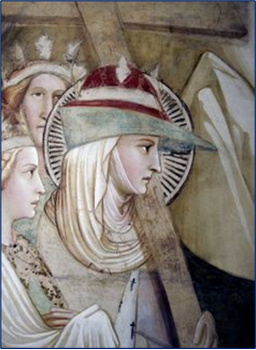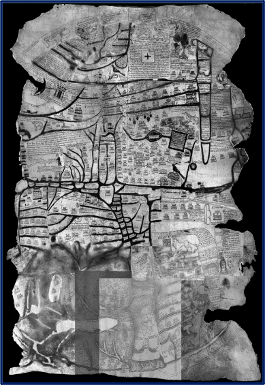This issue focuses on research that re-examines images, ideas that shift our understanding, with conceptions often occupying ambiguous and changing meanings. Loretta Vandi analyzes collected writings in the Liber scintillarum explaining how the initials and decorative motifs inspired personal devotion. Helen Davies reassesses the image of Philip II on an ostrich in the Vercelli Mappa Mundi as a reaction to changing political opinions. Gordon M. Reynold’s article investigates how the funerary imagery of Eleanor of Castile navigated between queenship, and pilgrimage, and the Crusades. Thomas Kaffenberget writes of a forgotten Dominican monastery in Famagusta, Cyprus, tracing documentary, archaeological, and art-historical evidence for a once-important religious and challenging site which did not quite fit into expected architectural categories. Eneko Tuduri proposes, through detailed examination of surviving wall paintings, that the small rural church of San Juan Bautista de Eristain in Navarre became a powerful funerary space for the noble family, the Solchagas. Francis Cook also engages with wall painting, challenging how and why images of St. Margaret and St. Nicholas were used to create Christian community. Katharine Scherff examines the historical and social construction of the legend of St Helena and how that tale and its imagery was used by women to negotiate conflicting social and religious demands when they decided to embark on pilgrimage.
Feature Articles

Loretta Vandi

Thomas Kaffenberger

Katharine D. Scherff
Cut and Sell: Two Parchment Fragments and the Collection of Ethiopian Manuscripts in the West
Caitlin Mims
The Iconography and Roles of an Ascetic Monk: A Painting of Abba Samu’el of Waldabba
Madison Gilmore-Duffey
The Future
For future issues we are actively seeking articles on any aspect of medieval art and architecture, including: long and short scholarly articles, scholarly book reviews, review articles on issues facing the field of medieval art history, interesting notes and announcements, useful website recommendations, new archeological discoveries, and recent museum acquisitions. We are interested in publishing articles that will undergo double-blind review as well as those which are subject only to regular editing processes, including articles that are the result of preliminary research. We are also looking for images to add to our photobank, to be shared and used by anyone in the classroom and in their research. To round out the scholarly portion of the journal, we are also seeking short, amusing excerpts from medieval sources, comments on the Middle Ages in movies and popular culture, etc.
Our grateful appreciation and thanks for partial funding provided by Kenyon College. Programming and copy-editing: John Pepple and Artistic Advising: Karen Gerhart.
Again, welcome to Peregrinations. Any suggestions or comments you have concerning the journal would be most welcome.
Sarah Blick, Editor





